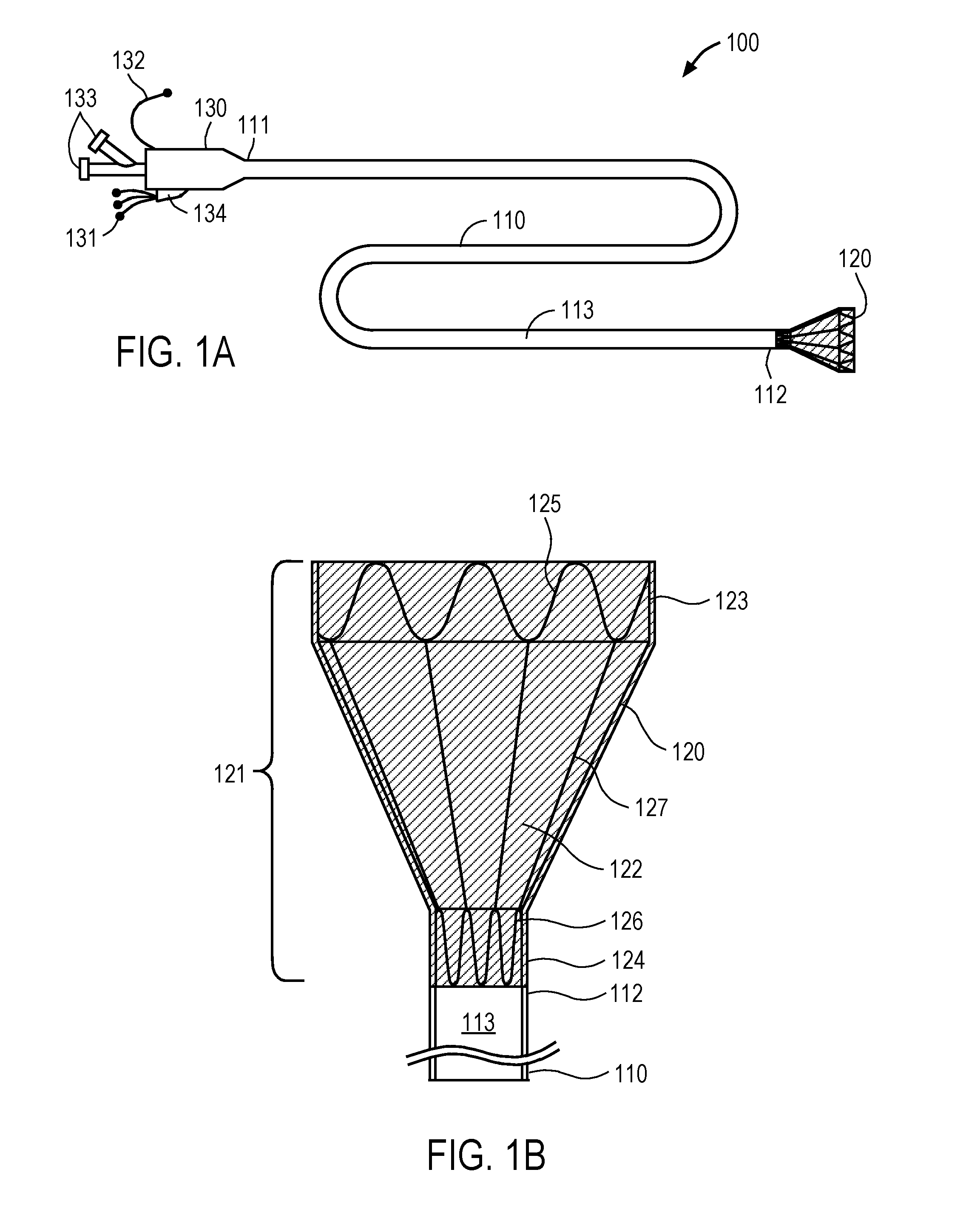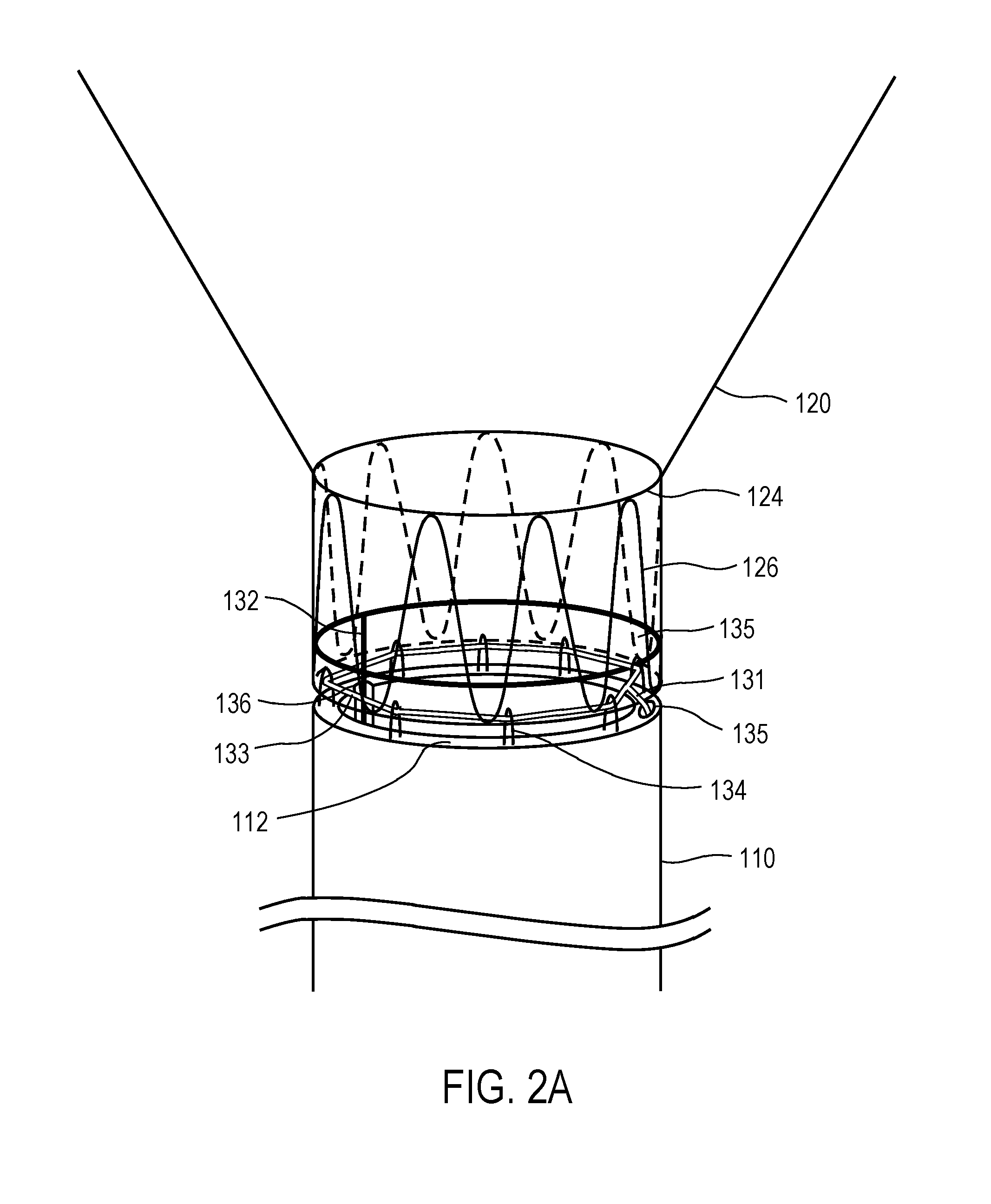Apparatus and methods for filtering emboli during precutaneous aortic valve replacement and repair procedures with filtration system coupled to distal end of sheath
a technology of emboli and filtration system, which is applied in the field of filtering emboli during interventional procedures, can solve the problems of embolic complication inherent risk of valve access, dilation, stroke or blindness, and does not disclose the removal method, so as to avoid traumatic sudden expansion and slow deliberate filter expansion
- Summary
- Abstract
- Description
- Claims
- Application Information
AI Technical Summary
Benefits of technology
Problems solved by technology
Method used
Image
Examples
Embodiment Construction
[0027]Embodiments of the invention provide embolic filters that readily may be used during percutaneous aortic valve replacement and repair procedures and that overcome the above-noted shortcomings of previously-known systems. The inventive filters may be coupled to the distal end of a sheath suitable for percutaneous delivery into the aorta, e.g., an 18 F sheath, and then compressed and mounted on an introducer that has a tapered nose and is disposed in the distal end of the sheath. The sheath, introducer, and compressed filter then are introduced to the aortic arch via the peripheral arterial system (e.g., femoral artery) and ascending aorta. The filter then is deployed from the distal end of the sheath by advancing the introducer relative to the sheath such that the filter expands to a deployed configuration at a location upstream of the great arteries, and the introducer then removed via the lumen of the sheath. The filter is securely coupled to the distal end of the sheath in s...
PUM
 Login to View More
Login to View More Abstract
Description
Claims
Application Information
 Login to View More
Login to View More - R&D
- Intellectual Property
- Life Sciences
- Materials
- Tech Scout
- Unparalleled Data Quality
- Higher Quality Content
- 60% Fewer Hallucinations
Browse by: Latest US Patents, China's latest patents, Technical Efficacy Thesaurus, Application Domain, Technology Topic, Popular Technical Reports.
© 2025 PatSnap. All rights reserved.Legal|Privacy policy|Modern Slavery Act Transparency Statement|Sitemap|About US| Contact US: help@patsnap.com



